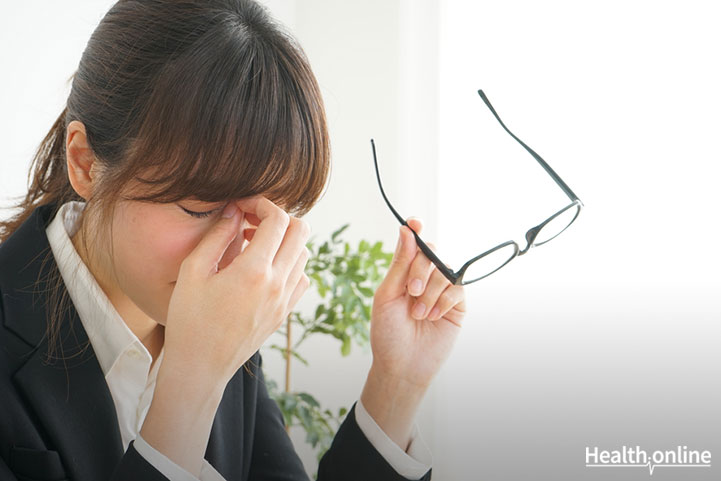
Common Causes and Symptoms of Dry Eyes
Most people have experienced dry eyes, a common issue that can occur when there isn’t enough lubrication in the eyes. For example, dry eyes can occur in dry, dusty environments, or if the eyes simply don’t produce enough tears, causing redness and eye discomfort. Dry eyes can also occur due to certain situations. For instance, the eyes may become dry and irritated following many hours of staring at a computer screen, due to the fact that we tend not to blink and lubricate the eyes.
Here are the most common causes of dry eyes:
- Environmental factors – can impact eye lubrication and tear-flow. For example, highly air-conditioned or heated rooms, and airplanes can cause the eyes to become dry.
- Eyelid impairment or malformation – can impede the closing of the eyelids and decrease natural lubrication and tear-flow.
- Certain medications – including over-the-counter antihistamines and decongestants, as well as prescription hormone replacement therapy, high blood pressure meds, and oral birth control, can cause dry eyes.
- Laser eye surgery – can cause temporary or long-term dry eyes.
- Certain diseases – such as collagen vascular disease, Sjogren’s syndrome, and rheumatoid arthritis (RA) are linked to decreased tear production.
- Menopause – and aging can cause a gradual reduction in the eyes’ ability to produce tears.
What are the common symptoms of dry eyes?
Our tears are made up by a natural combination of water, mucus secretions, lubricating oils, and natural proteins, and antibodies that prevent eye infections. Dry eyes can occur accompanied by some or all of the following symptoms:
- Redness
- Itchiness
- Blurred vision
- Eye sensitivity, especially to bright lights
- Eye grit (i.e, feeling like a foreign object is in your eye)
- Tearing up or reflex tearing
Recommended Read: 5 Effective Treatments for Dry Eyes




